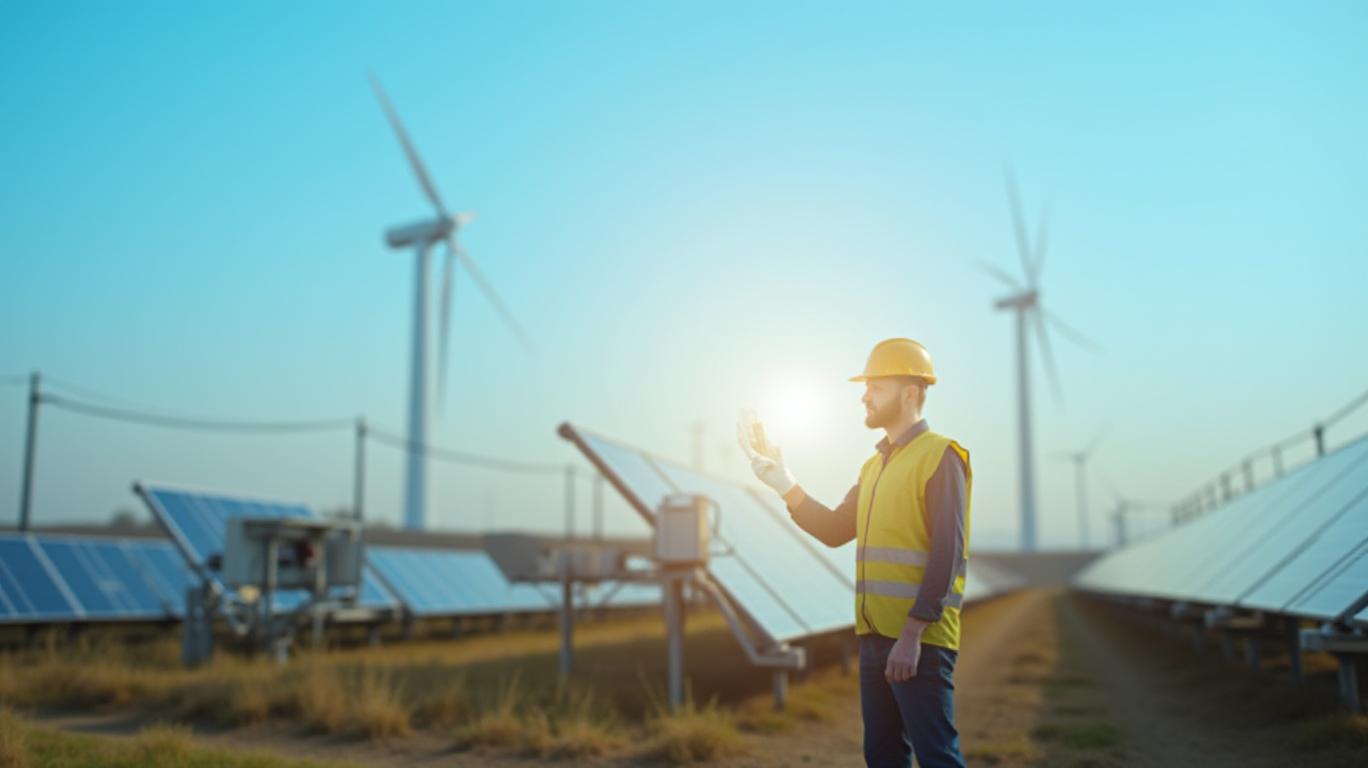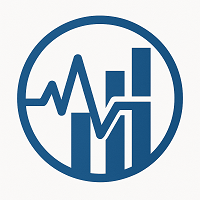The Grid's Breaking Point: Why Renewable Infrastructure Resilience Is the Next Investment Frontier
The recent power outages in New Orleans, which left over 100,000 customers in the dark this spring, are a stark reminder of the fragility of aging energy infrastructure. When
and Cleco were forced to implement rolling blackouts due to a “load-shed” directive from grid operator MISO, the consequences were immediate: businesses lost revenue, critical services faltered, and public trust in utilities eroded. But this crisis is not an isolated incident—it's a harbinger of a systemic failure to modernize energy systems in the face of climate-driven demand and aging infrastructure.For investors, the writing is on the wall: renewable energy infrastructure resilience is no longer a luxury—it's a necessity. The New Orleans outage underscores a golden opportunity to capitalize on the shift toward smart grids, distributed energy resources, and sustainable power solutions. Here's why this sector is primed for explosive growth—and why now is the time to act.
The Vulnerabilities Exposed: A Call to Modernize
The May 2025 outage was triggered by a perfect storm of factors:
- Surging demand from extreme heat, exceeding forecasts.
- Generation failures, including an unplanned shutdown of Entergy's River Bend nuclear plant and scheduled maintenance at Waterford.
- Transmission bottlenecks, leaving MISO no choice but to shed load to prevent a catastrophic grid collapse.
The fallout was immediate:
- 52,000 customers in Orleans Parish lost power, with some areas remaining in the dark for hours.
- Cleco's 25,000 customers on the northshore faced similar disruptions.
- No advance notice: Utilities received just three minutes' warning, leaving residents and businesses unprepared.
But the real damage was reputational. New Orleans City Council members and Louisiana Public Service Commissioner Davante Lewis lambasted MISO's lack of transparency and the grid's inability to handle predictable stress. As Lewis noted, “This isn't just a technical failure—it's a failure of foresight.”
The takeaway? The current grid is unfit to meet 21st-century demands. Aging infrastructure, centralized power generation, and outdated forecasting models are no match for climate volatility, rising energy needs, and consumer expectations for reliability.
The Investment Opportunity: Building Grid Resilience
The good news? The tools to fix this crisis already exist—and they're ripe for investment. Here's where to focus:
1. Smart Grid Technologies
The solution starts with real-time grid management systems powered by AI and IoT. These technologies enable utilities to balance supply and demand dynamically, predict outages before they happen, and prioritize critical infrastructure (hospitals, water systems) during crises.
- Example: Companies like Gridco Systems (a subsidiary of Siemens) are deploying AI-driven platforms to optimize grid efficiency.
- Data-Driven Edge:
- Why Now? Regulators are mandating upgrades. The Federal Energy Regulatory Commission's (FERC) new rules on grid resilience will accelerate adoption of these technologies.
2. Distributed Energy Resources (DERs)
Decentralized power systems—like solar-plus-storage microgrids and community batteries—eliminate reliance on centralized grids. These systems can “island” critical areas during outages and reduce peak demand pressure.
- Case Study: Tesla's Powerwall and NextEra Energy's solar projects are already transforming how households and businesses store and use energy.
- Government Backing: The Inflation Reduction Act (IRA) offers 30% investment tax credits for residential storage and 2.3¢/kWh incentives for commercial renewable projects.
- Image:

3. Transmission Modernization
Upgrading power lines and interconnecting regional grids will reduce bottlenecks and enable the integration of renewables. Projects like the Midcontinent Independent System Operator's (MISO) 2025 Grid Plan aim to expand capacity by 20% through high-voltage lines and digital monitoring.
- Investment Play: Utilities like NextEra Energy (NEE) and Dominion Energy (D) are leading transmission upgrades, with $200 billion in U.S. grid modernization projects planned by 2030.
4. Consumer-Driven Demand
Public pressure is fueling the shift. A 2024 Pew Research study found that 68% of Americans prioritize “reliable, sustainable energy” over cost savings—a figure that's likely rising post-New Orleans.
- Green Bonds: Investors can tap into renewable energy bonds, such as those issued by Apple and Google, which fund solar farms and storage projects.
- ETFs: The Invesco Solar ETF (TAN) and iShares Global Clean Energy ETF (ICLN) offer diversified exposure to this theme.
The Risks? Minimal—Especially Compared to Inaction
Critics argue that renewable infrastructure requires upfront capital. But consider the cost of doing nothing:
- Blackout-related economic losses in the U.S. average $150 billion annually (Lloyd's 2024 Report).
- Regulatory penalties: Utilities face fines for failing to meet resilience standards.
Meanwhile, the total addressable market for grid resilience is estimated at $1.2 trillion globally by 2030 (BloombergNEF). With government subsidies, falling battery costs, and rising consumer demand, this sector is primed for outsized returns.
Act Now—Before the Next Outage Hits
The New Orleans outage wasn't an accident—it was a warning. Utilities like Entergy and Cleco are already pivoting. Entergy has committed to $3 billion in grid upgrades by 2027, while Cleco is partnering with SunPower to expand solar capacity.
But the biggest opportunities lie in first-mover companies pioneering resilience technologies. Investors who act now will capture the upside as governments and consumers demand systems that can weather the next heatwave, hurricane, or demand spike.
The grid's breaking point is here. The question is: Will you invest in the future—or be left in the dark?

Comments
No comments yet